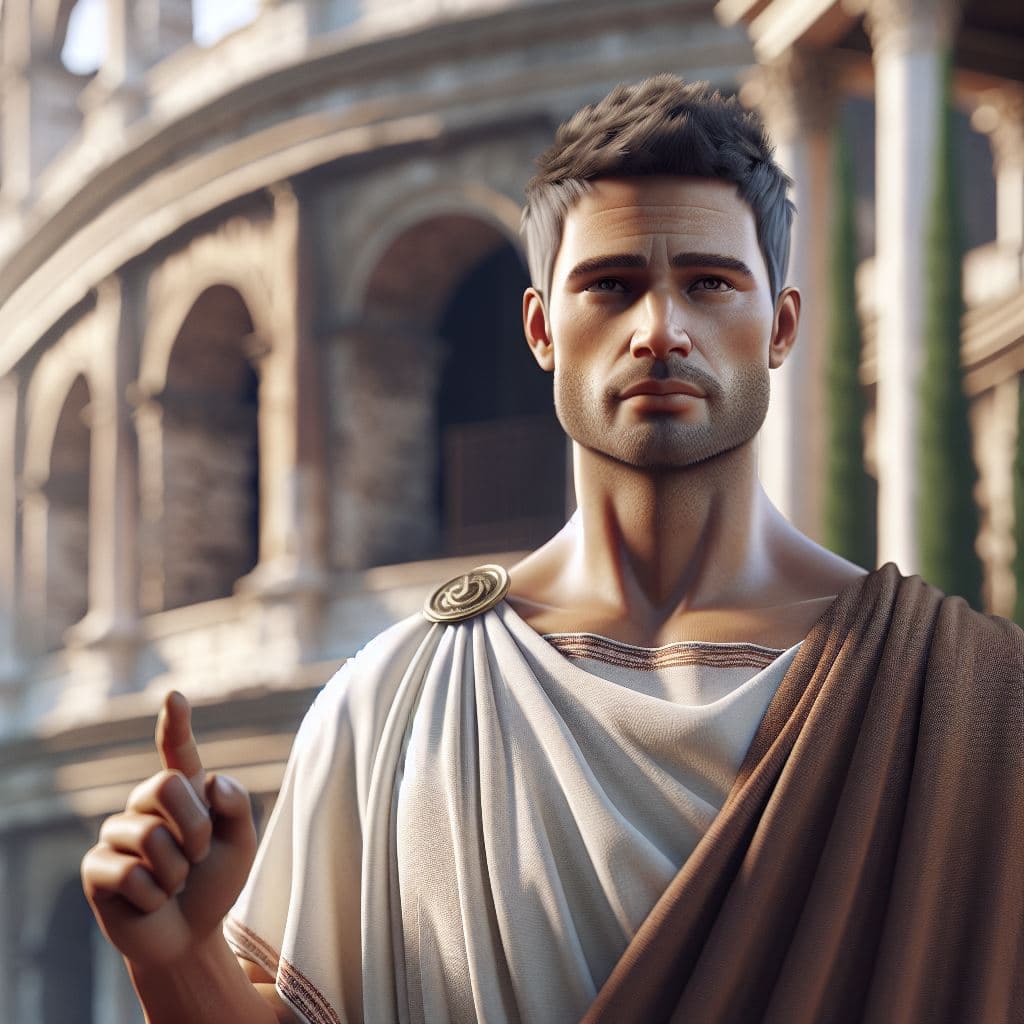Roman Leadership

Roman leadership evolved significantly over the course of the empire’s history, demonstrating various styles and approaches that have left lasting impacts on modern leadership principles. Here’s an overview of key aspects of Roman leadership:
Imperial Leadership
The Roman emperor was the supreme ruler and monarchical head of state of the Roman Empire, a position that emerged with the granting of the title Augustus to Octavian in 27 BC[2]. The emperor’s power was based on several key elements:
- Imperium Maius: Supreme power of command over all troops
- Tribunicia Potestas: Tribunician power, giving them significant civil authority
- Divine Right: Later emperors claimed divine right to rule, imitating Oriental divine kingship
Notable Leaders
Several Roman leaders stand out for their significant contributions and leadership styles:
Augustus (63 BC – 14 AD)
- First Roman emperor
- Unified the empire after a period of civil war
- Implemented reforms strengthening central government
- Expanded the empire and improved public infrastructure[1]
Julius Caesar (100-44 BCE)
- Military genius who expanded Rome’s territory
- Crossed the Rhine and conducted the first invasion of Britain
- His actions led to significant political changes in Rome[3]
Marcus Aurelius (121-180 AD)
- Known for his wisdom, integrity, and philosophical insights
- Faced numerous challenges during his reign
- His teachings continue to inspire modern leaders[1]
Leadership Lessons
Roman leadership offers several valuable lessons applicable to modern times:
Strategic Thinking: Roman leaders like Julius Caesar demonstrated exceptional strategic abilities in both military and political realms[3].
Adaptability: Successful Roman leaders showed the ability to adapt to changing circumstances and challenges.
Infrastructure Development: Leaders like Augustus recognized the importance of public works and infrastructure in maintaining a strong state[1].
Balance of Power: Effective Roman leaders understood the importance of balancing different interests within the state[1].
Long-term Vision: Many Roman leaders focused on long-term stability and growth rather than short-term gains.
Evolution of Leadership
Roman leadership evolved from:
- Local clan chiefs
- Seven Roman kings (753 BC onwards)
- Elected consuls during the Republic
- Military generals
- Dictators (temporary until Caesar)
- Emperors[5]
This evolution reflects the changing needs and structure of Roman society over time, from a small city-state to a vast empire.
In conclusion, Roman leadership offers a rich tapestry of examples and lessons that continue to influence modern leadership theory and practice. The ability of Roman leaders to adapt, strategize, and balance various powers within their state contributed significantly to Rome’s long-lasting impact on world history.
Go From Roman Leadership Back To The Blog
Go To The Leadership And Development Home Page
Citations:
[1] https://www.linkedin.com/pulse/leadership-lessons-from-romans-ancient-wisdom-modern-times-correia
[2] https://en.wikipedia.org/wiki/Roman_emperor
[3] https://www.historyanswers.co.uk/ancient/roman-leaders-the-10-greatest-generals-of-ancient-rome/
[4] https://en.wikipedia.org/wiki/List_of_Roman_emperors
[5] https://mariamilani.com/ancient_rome/ancient_roman_leaders.htm
[6] https://news.harvard.edu/gazette/story/2016/03/leadership-tips-from-ancient-rome/
[7] https://www.britannica.com/place/list-of-Roman-emperors-2043294
[8] https://www.metmuseum.org/toah/hd/roru/hd_roru.htm


